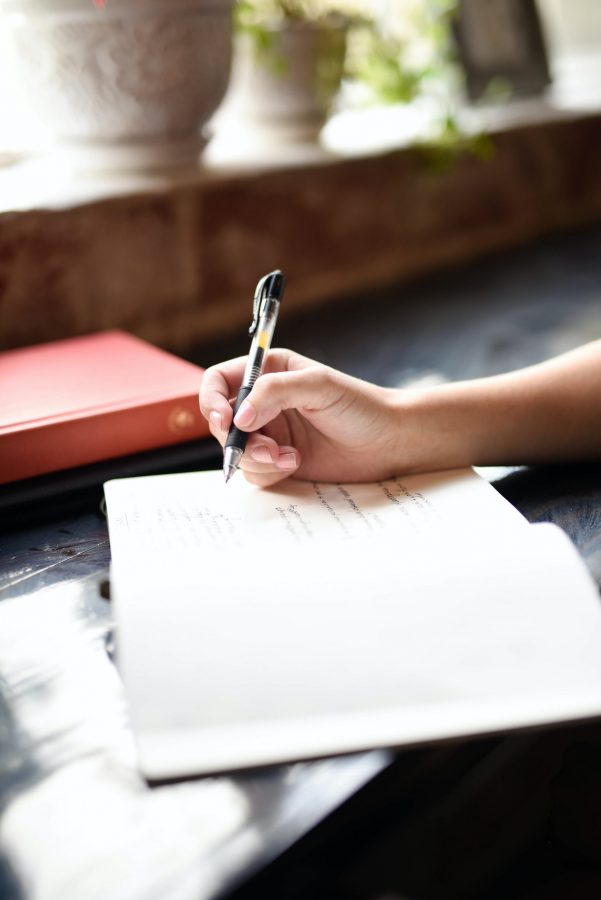22 Oct Why doesn't my child like to write?

Why doesn't my child like to write?
Why doesn't my child like to write? Why is it misspelling? What does it need to be able and willing to write more beautifully?
Writing more beautifully does not come from hard practice. First comes balance, only then accuracy, correctness and beauty.
Cursive writing, swinging and connecting lines, letters and thus the creation of words creates a connection in the brain. Connection and understanding are created. "Fluent handwriting makes thoughts fly" (C. Funke) and, in addition to expressing one's own personality, is undisputedly an important component in learning, memorizing and structuring thoughts.
So that letters can be recognized and saved at all, it is worth taking a look behind the scenes.
In a very simplified way, there is only one area for symbols in our brain and no area for reading, writing or calculating. Before that, there was the area for movement. If the control of our movement is coordinated and thus automated, the way is free for thinking. Balance (physical, mental, emotional), movement and thinking are closely related.
As with reading and arithmetic, writing also requires prerequisites so that it can be learned without stress. Three-dimensional balance, good hand-eye coordination and a good grip on the pen play an important role here:
Writing - Balance, Correctness, Beauty_M-8 Evolutionary Pedagogy.

Your own handwriting - an expression of your own personality
About writing with the right pen grip: If we observe children, from toddler age to school age, we see how the way they grip a pen changes. Young children often grip the pencil crosswise with their hand and often grab the pen crosswise with their hand and twist their arm in such a way that their forearm or wrist does not touch the surface at all.
Children between the ages of 3 and 4 choose the so-called 'brush grip', in which all fingers grasp the pencil. The hand is still slightly turned in, but the wrist is moved along with it.
The optimum position is when the pencil is between the thumb and middle finger, resting in the hollow between them, and is fixed and guided by the index finger and thumb. The wrist and forearm rest relaxed on the paper. It takes good fine motor skills of the hand to develop pressure free flowing handwriting. Sometimes difficulties in learning to write indicate deficits in fine motor skills.
It is therefore advisable to be aware of the need for correct pen hold. If the child learns to use the pen correctly right from the start, the switch to the fountain pen and the increasing writing speed will not pose a problem. You can develop your own handwriting without cramping.
Coordination conflicts in the brain?
Mental development is prepared on the physical level. And just as our body is laid out crosswise, so is our brain. Our practical work has shown that a three-dimensional balance = understanding up/down, right/left, back/front and good hand-eye coordination are indispensable for stress-free learning. Can my eyes do anything other than my hands? If my eyes are free for my visualization ability, my knowledge store can be accessed. I can imagine how the word vase is written. If the ability to visualize is blocked, hearing must be used instead. With languages that are not true to sound, such as German, Vase quickly becomes 'Wase'.
In everyday life with a school child, this is relevant in that a lack of balance is very often the reason for daily stress with homework, copying things incorrectly, going too slowly, etc.
In the case of a balance problem, automation of the movement sequences develops only very slowly or to a limited extent. But that's exactly what it takes to learn to write. Multitasking is not required here, because our brain cannot control the writing movement and at the same time think about which letter should be written next. But that's exactly what it takes to learn to write.
"80% of people who have problems in reading and spelling or dyslexia have a visualization problem" (J. Ratey, brain researcher, Stanford University/USA).
Evolutionary Pedagogy creates the conditions for balance with targeted movement exercises, so that learning can be stress-free.


